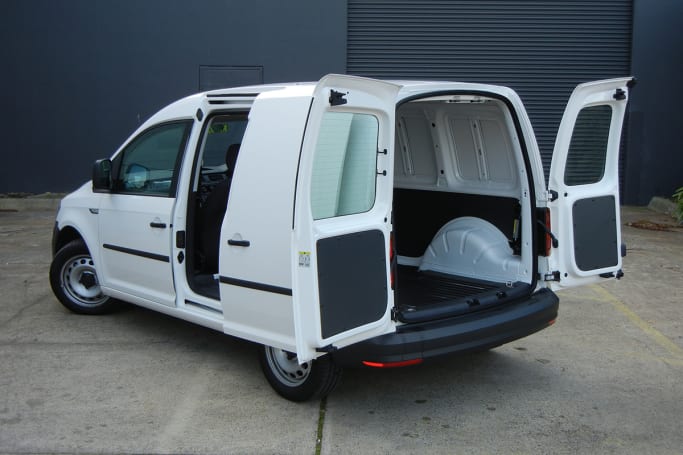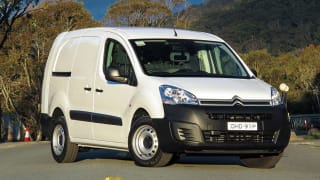There’s one sliding door on the left-hand side of the cargo bay and twin-swing rear doors (single rear tailgate and side windows optional). The rear doors have heated glass, a single wiper-washer and are asymmetrically split (one wide, one narrow) to minimise obstruction in the rear view mirror. They also have 180-degree opening for forklift access.
With front-wheel drive and four-wheel disc brakes, the smallest Caddy rides on a compact 2682mm wheelbase with an overall length of 4408mm and width of 1773mm. MacPherson strut front suspension and electric power-assisted rack and pinion steering are matched with a well-designed leaf-spring beam axle rear suspension. Tapered rubber cones mounted on the chassis rails above each rear spring compress under heavy payloads, to provide additional support and bump absorption.

The overall height of 1823mm creates a spacious cabin environment. There’s easy entry and exit through wide door openings and the uncluttered dashboard has controls that are generally well placed and easy to use. Drivers of most shapes and sizes should be able to find a comfortable position, with the bottom section of the steering wheel rim straightened to provide easier access and more leg/waist room for larger drivers.
Our only gripes are that the driver’s left footrest is a tad too high for those with longer legs and there is no rake adjustment for the driver seat’s base cushion, which would improve driver comfort.














